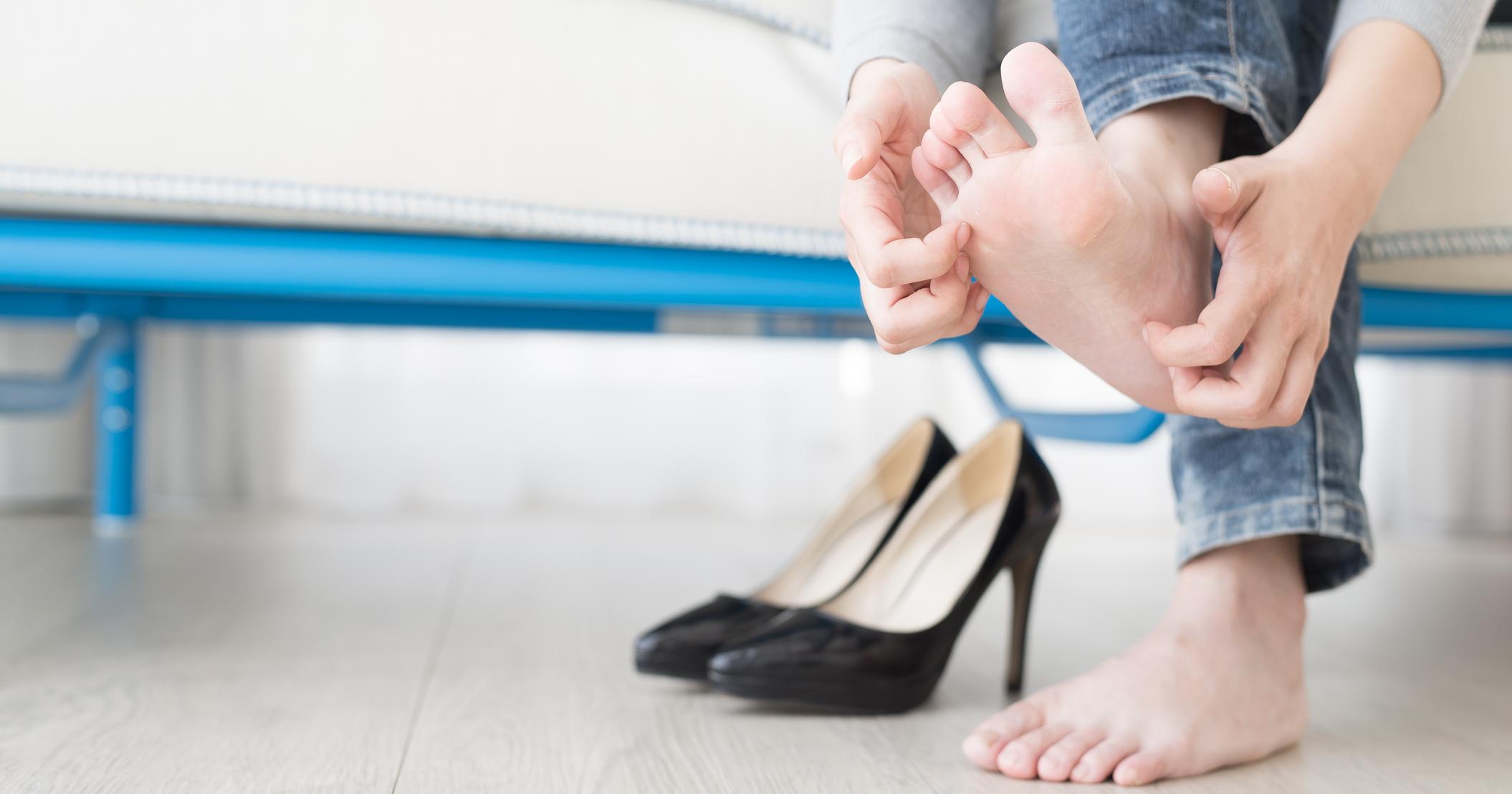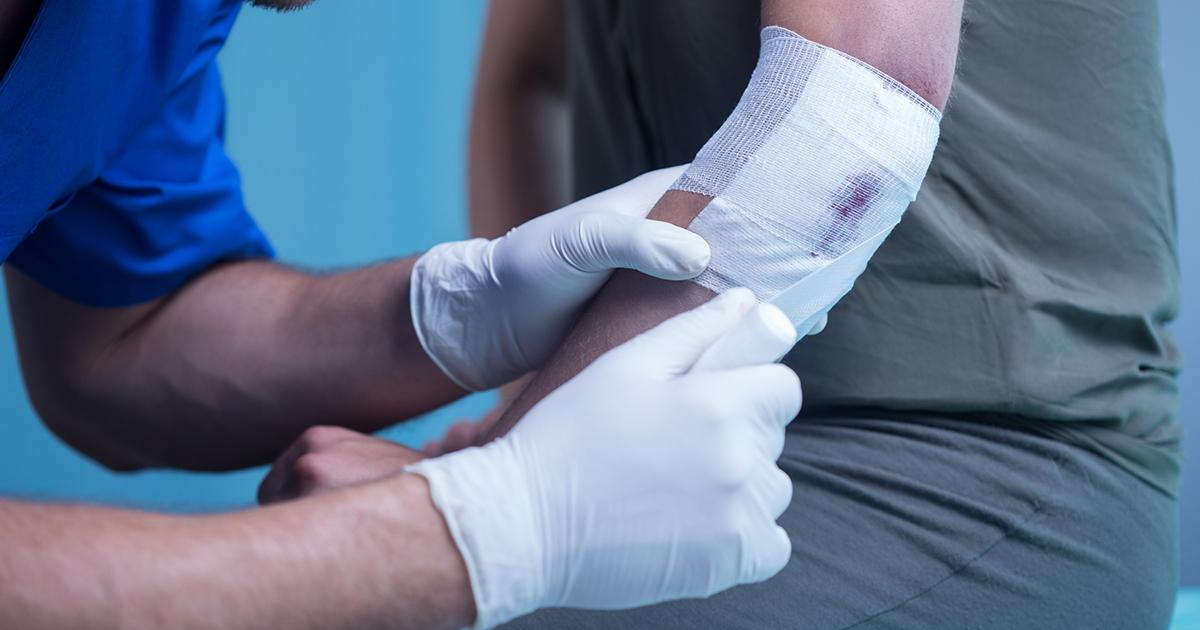Erysipelas Prevention And Treatment Tips
Erysipelas is a skin infection often confused with cellulitis that affects the upper layers of the skin. Erysipelas is usually caused by the same streptococcus bacterium that causes strep throat. The bacteria are normally present on the surface of the skin, but can penetrate the skin through cuts, sores, or any damage that breaks the skin. The face, arms, and legs are most often affected, but it can affect any part of the body.
The skin in the affected area may appear red, shiny, swollen, and feel warm and tender to the touch. Other common symptoms include fever, chills, blisters, and sharp edges around the infected skin. Infants, children and the elderly are more commonly affected, and other risk factors include diabetes, obesity, or certain skin conditions. Complications include gangrene or blood poisoning.
Treat Athlete's Foot And Eczema Promptly

Conditions like eczema and athlete's foot can contribute to outbreaks of erysipelas, which is why treating both conditions promptly can help prevent erysipelas. These conditions can cause breaks in the skin, which can increase an individual's susceptibility to infection. Eczema increases the risk of developing erysipelas because the bacteria that causes it thrives on damaged or broken skin. Eczema patients frequently sustain damage to their skin from scratching, and their skin is often inflamed, cracked, or blistered.
Athlete's foot is another condition that should be treated timely and properly to prevent episodes of bacterial infection. Severe athlete's foot can cause the skin to be more vulnerable to bacteria because of conditions like open sores on the skin. Untreated athlete's foot can spread and bring about blisters, cracks, and rashes. The affected areas may also become very itchy and lead to scratching, which can cause breaks in the skin.
Keep Wounds Clean

Any opening in the outer barrier of the skin can increase an individual's risk of the streptococcus bacteria entering their body. These bacteria live on the skin and various other surfaces individuals come in contact with on a frequent basis. For this reason, it's imperative to keep wounds clean and covered. Many different kinds of injuries and conditions can damage the skin, such as cuts, insect or animal bites, ulcers, surgical incisions, and bed sores. Many of these minor injuries can be treated at home fairly easily, such as washing with soap and water before covering with a bandage.
An antibiotic ointment may be applied to certain wounds to keep them germ-free throughout the healing process. Individuals should seek medical attention if the wound is not healing properly or becomes red or inflamed. Serious wounds or injuries should be treated by a medical professional promptly.
